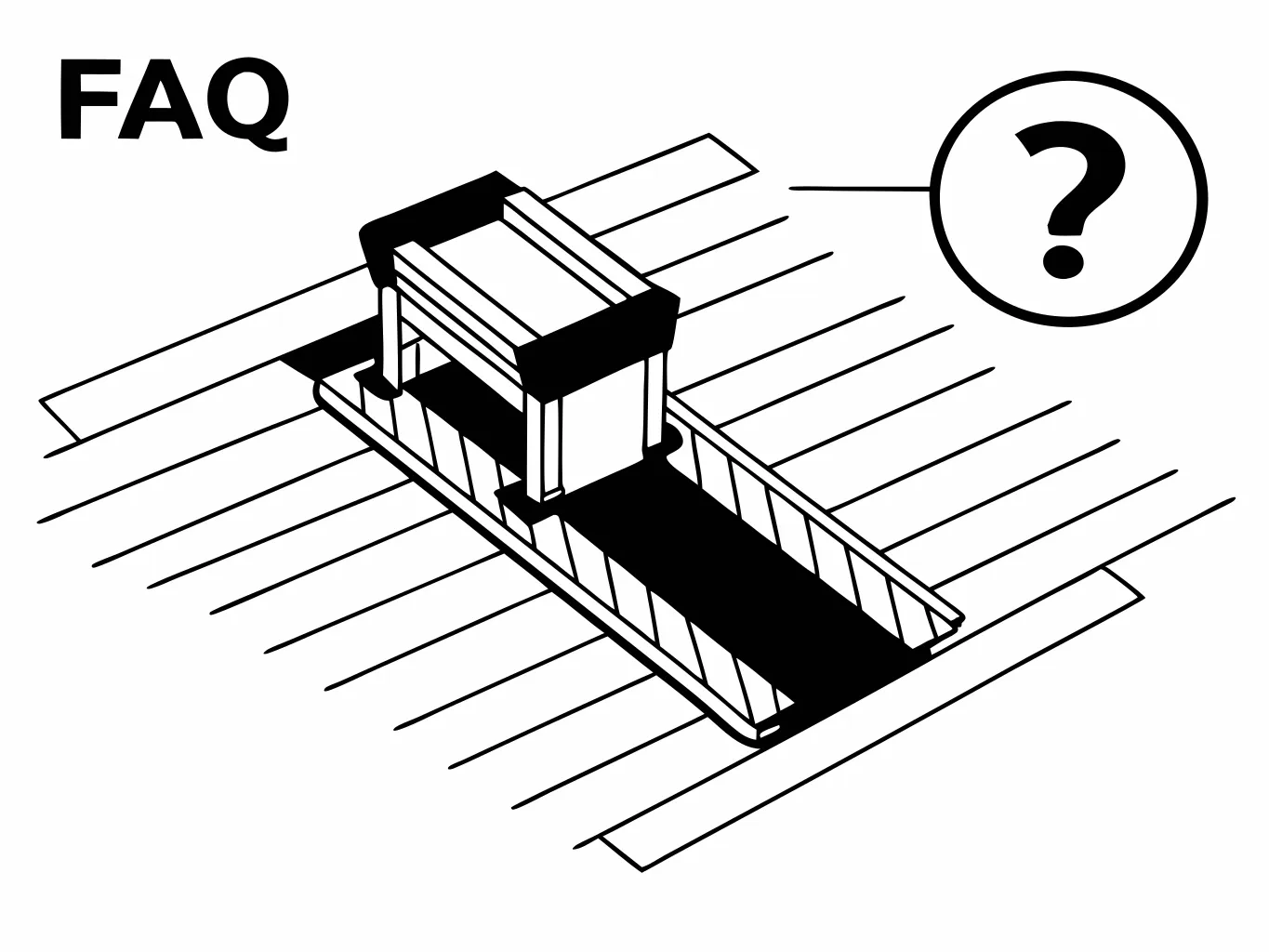Introduktion til stive genbrugsmaskiner
Stive genbrugsmaskiner er afgørende for virksomheder, der ønsker at håndtere plastikaffald effektivt. Disse maskiner omdanner hårde plastikgenstande som flasker, beholdere og emballage til genanvendelige pellets eller flager, der kan bruges til at fremstille nye produkter. Her besvarer vi nogle af de mest almindelige spørgsmål om køb af disse maskiner for at vejlede potentielle købere.
What are Rigid Recycling Machines?
Rigid recycling machines are designed to process hard, or rigid, plastic materials. They typically include:
- Makuleringsmaskiner: Break down plastics into smaller pieces.
- Washing Lines: Clean the plastic to remove contaminants like labels, residues, or dust.
- Granulatorer: Further reduce the size of shredded plastics into granules.
- Extruders and Pelletizers: Melt and reform the plastic into pellets for reuse.
Why Invest in Rigid Recycling Machinery?
- Miljøpåvirkning: Recycling reduces landfill waste and carbon emissions, contributing to a sustainable business model.
- Omkostningseffektivitet: Recycled plastic can often be less expensive than new plastic, reducing raw material costs.
- Market Demand: There’s an increasing market for recycled materials, driven by consumer and legislative pressures for sustainability.
What to Consider Before Buying:
1. Material Compatibility:
- Identify the types of plastics you’ll be recycling, such as HDPE, PET, PP, or mixed plastics. Each type might require different processing equipment. Ensure the machine can handle your specific materials.
2. Capacity Needs:
- Evaluate your daily or hourly processing needs. Machines vary from small, lab-scale units to large industrial systems capable of handling tons per hour. Choose based on your current and future volume projections.
3. Maintenance and Durability:
- High-quality parts are crucial for longevity and operational efficiency. Look for machines with durable components that can withstand the abrasive nature of plastic recycling. Regular maintenance schedules and the availability of spare parts should also be considered.
4. Energieffektivitet:
- Efficiency in energy use not only lowers operational costs but also reduces your environmental footprint. Modern machines often come with energy-saving features or automation for better control over energy consumption.
5. Automation and Control Systems:
- Advanced control systems like PLC (Programmable Logic Controller) can enhance productivity by ensuring precision in processing and monitoring. Features like real-time monitoring and remote operation capabilities add significant value by reducing labor costs and increasing uptime.
6. After-Sale Support:
- Good after-sale support is vital. Look for manufacturers offering comprehensive service contracts, technical assistance, and a reliable supply of spare parts. This support can significantly impact your operations’ continuity.
How to Choose the Right Supplier:
- Reputation and Reviews: Check for customer testimonials or case studies. Companies like Amstar Machinery have been praised for their reliability and quality in previous transactions.
- Visit If Possible: If feasible, visit the manufacturing site to assess the quality of their production firsthand. This can also give insights into their operational capabilities and customer service ethos.
- Warranty and Guarantees: Ensure the equipment comes with a warranty. Understand what is covered and for how long to safeguard your investment.
Konklusion
Purchasing stive genbrugsmaskiner is a strategic move for businesses aiming at sustainability and cost-efficiency. By focusing on material compatibility, capacity, durability, efficiency, and reliable supplier support, you can ensure that your investment pays off in both environmental and financial terms. Remember, the right machine not only fits your current needs but also grows with your business, reducing waste and enhancing your production capabilities.



